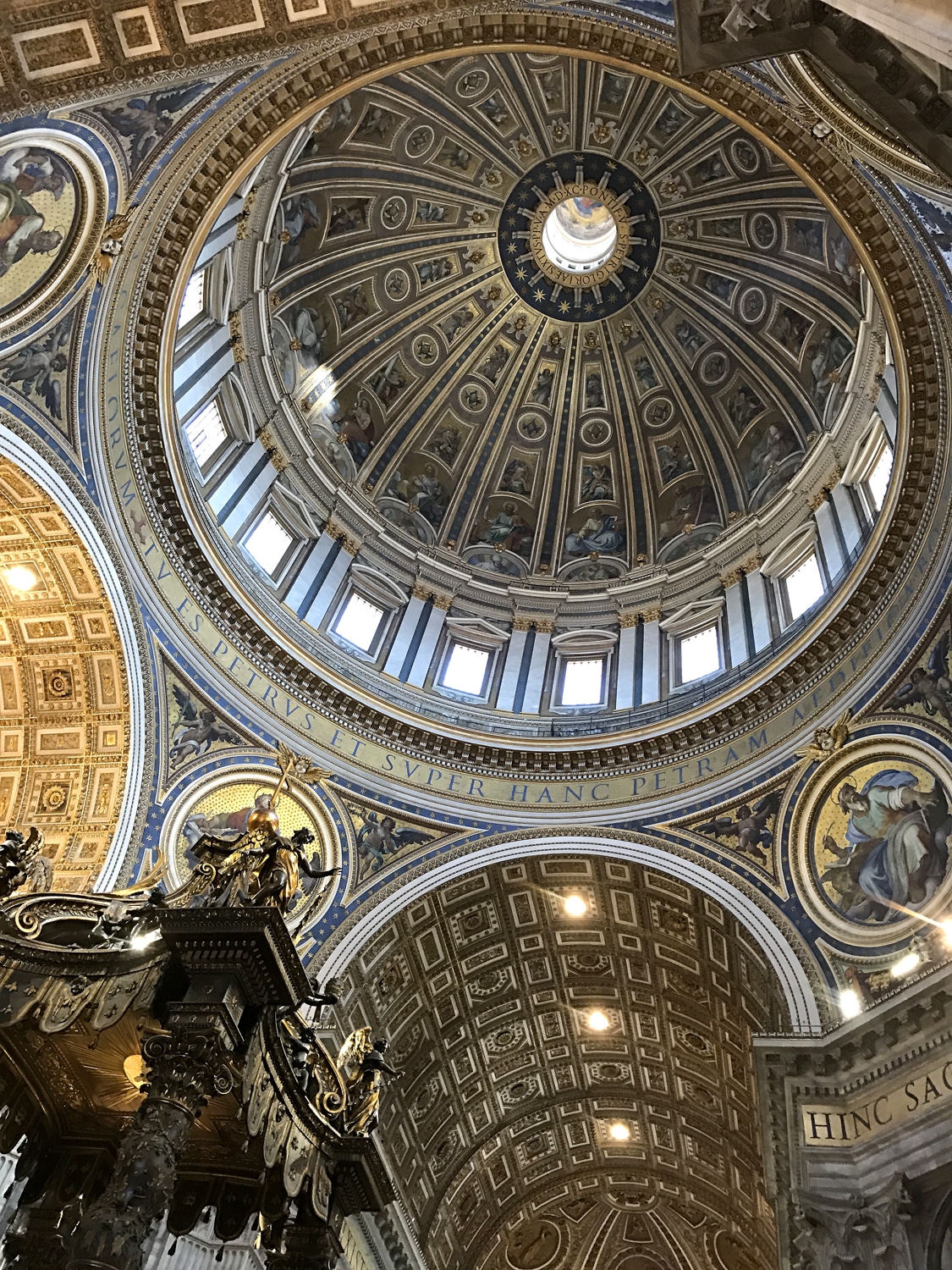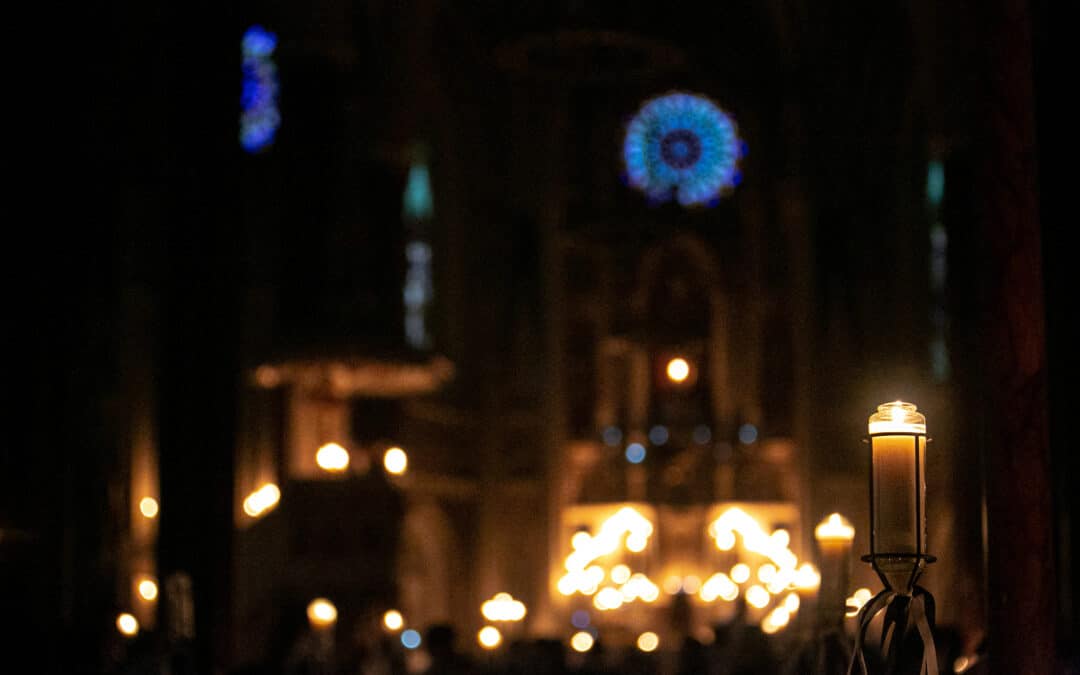
The allure of Beauty.
Beauty invites a person to give himself to it, to come under its submission, be influenced by it, to become one with it. If you substitute ‘God’ for ‘beauty’ as Augustine did, then the allure of beauty begins to make more sense and we can see how it is a part of God’s design.
The only catch is, and it’s a big one, it that we are not lured by a false sense of beauty, or more specifically, a legitimate beauty that gets hijacked intentionally to mislead and take one on a dead-end detour. The evil one cannot create anything new, and certainly cannot create something beautiful. He can only take what already exits and try to hijack it, twist it, or imitate it (usually badly) to its own end, which is away from God.
Generally speaking, pornography is an easy example to illustrate this. It typically follows that an image of a beautiful woman, perhaps idealized to the point of an inhuman perfection (a round-about acknowledgement for the desire of the only perfect One: God), is used to whet the appetite of a legitimate hunger that has been created in the heart of man through the taste for beauty. Instead of that taste for authentic beauty being free to be directed to God, in pornography it is specifically directed to arouse a man’s sexual appetite in a vacuum. And when that appetite is aroused outside of the context it is designed to be fulfilled in, it becomes an appetite, a desire, that never gets fully satisfied, and instead creates an addiction, where he must return often in order to get re-stimulated, but is never allowed to connect to its true source of satisfaction -the love of God. (This is how sex-based industries make their fortunes, by harnessing, then isolating the taste for genuine beauty and disconnecting it from the ultimate source that truly satisfies.) Reread Augustine again with this in mind and we can see this dynamic in his life, essentially everywhere.
For an experience of beauty to be authentic, and rightly holy (meaning oriented toward God), there needs to be a clear integrity, where each element of allurement fulfills its designed purpose, otherwise the experience may be corrupted. This is also why art, needs to have integrity, on multiple levels, in order for it to be genuinely beautiful. But more on this later.
For now it is worth pondering how powerful the allurement of beauty is, and when it’s disconnected, or deconstructed, from its intended purpose and destiny, it can be very dangerous, corrupting, and even derailing. When beauty is hijacked and intentionally designed to stimulate the senses devoid of true relationship with its source, (who is God, -the only true and perfect Beauty), a soul is set on a downward spiral of unfulfilled desires and addiction.
The opposite is true of encounters with true beauty when a soul is free to follow the allurements of God that actually lead to Him. How often have you seen a spectacular sunset, or the smile of a bright-eyed child, smelled a surprisingly fragrant flower, sipped a particularly fine wine, heard a glorious piece of music, and suddenly, almost miraculously, an immediate sense of order, inner calm, and hope flood the soul?
Experiences of authentic, integrated beauty, lifts a soul out of its daily misery and floods it with peace. Almost instantly a sense of ‘the really important things in life’ become internally felt again in a quick, imperceptible reshuffling of priorities that are more ordered and better in line with God’s will for us.
Authentic beauty gently restores order, dignity, and deeply satisfies, while hijacked beauty that deceives leads to restless wandering, buried shame, and unsatisfied addiction.
This is why the way we think about beauty may need some revisiting in order to learn how to better experience it authentically. The various elements of understanding beauty and looking at art will be explored here from multiple angles, in order to help maximize it’s authentic power for intimacy with God.
For now here are some questions for self-reflection.
What do I consider ‘beautiful’? What are the specifics that draw me to those things or experiences? What sensations or senses are affected at the sight of what I feel is beautiful? What are the aftereffects or lingering feelings of these experiences?
Feel free to share in the comments any thoughts or questions!
————————-
Thank you for reading and I hope it was edifying! To get notified as I post more reflections on ways to pray with art, subscribe via my Contact page and let me know your interests or topics you’d like to see covered. To support more of this work, have a look at my Shop to share my artwork that helps facilitate intimacy with Christ through beauty.
Images and meditation by Renata Grzan Wieczorek. Use only with permission.




0 Comments